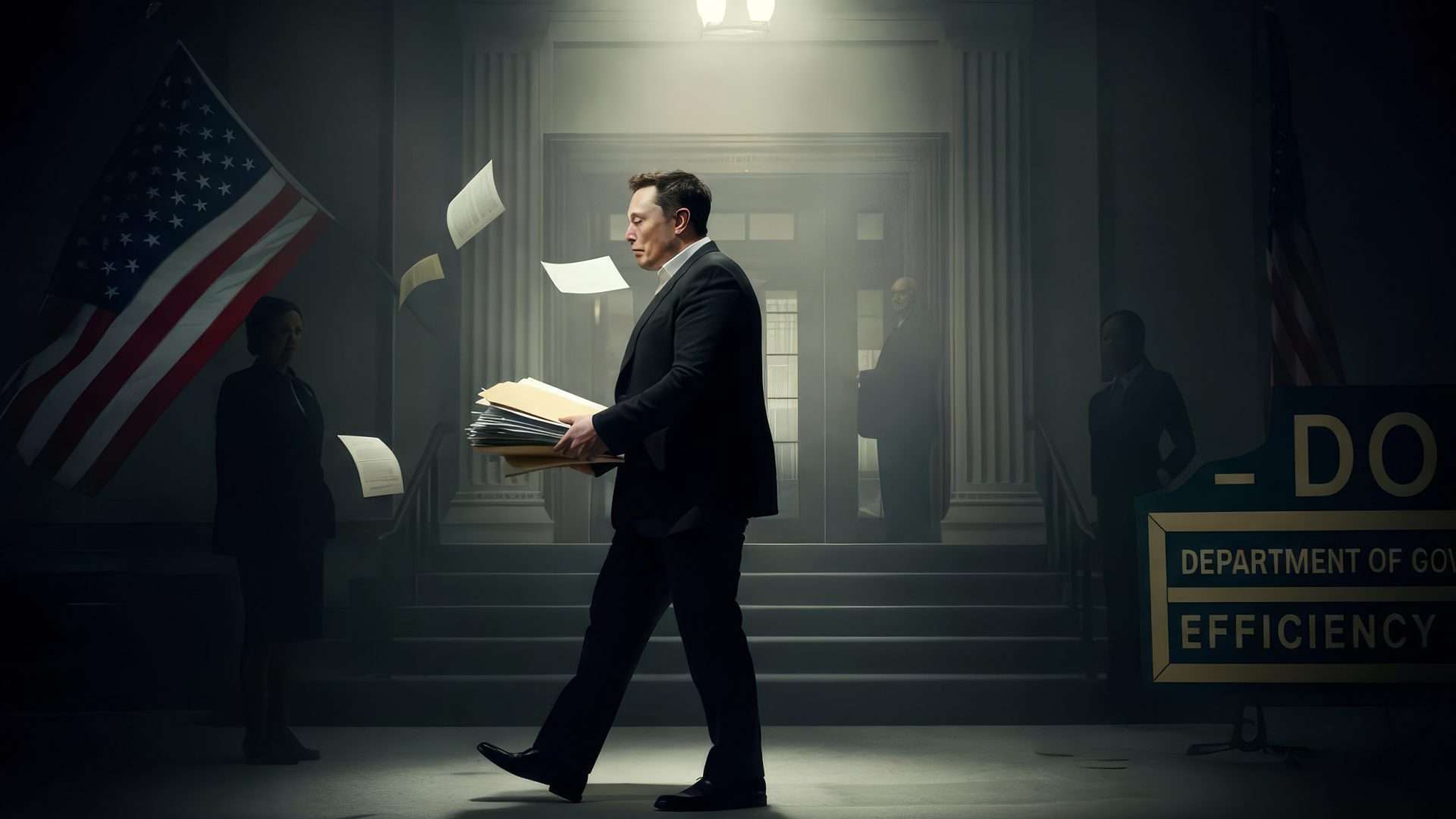Why DOGE Failed

When Donald Trump vowed to tackle excessive federal spending, few expected Elon Musk, the world’s most prominent entrepreneur, to lead the charge. Yet, in a move that reflected Trump’s unconventional style, Musk was appointed head of the newly created Department of Government Efficiency (DOGE), tasked with dismantling the bloated federal bureaucracy.
DOGE launched ambitiously, aiming to cut $2 trillion from the federal budget, eliminate inefficiencies, and overhaul vast parts of the public sector. However, just months into the experiment, the initiative has faltered. DOGE now finds itself politically isolated, legally tangled, and far from fulfilling its promises.
Musk has since become a sharp critic, calling Trump’s budget—the “One Big Beautiful Bill”—a “disgusting abomination” that deepens the deficit. The collapse of DOGE and the backlash to the bill highlight a deeper truth: America’s budget crisis can’t be addressed without tackling deeper structural issues.
DOGE Downfall: Why the Hype Didn’t Match the Reality
DOGE’s biggest failure was its inability to deliver its promised sweeping transformation. From the start, its $2 trillion savings target was unrealistic. Cutting nearly 30% from a $7 trillion budget was never feasible, especially with politically untouchable programs like Social Security, Medicare, Medicaid, and Defense off the table.
Musk’s claim that eliminating waste alone could close the gap didn’t hold up. While most budget experts support cutting inefficiencies, they agree that waste isn’t the main driver of the fiscal crisis. Even slashing all discretionary spending would save only $1.7 trillion. The real pressure comes from mandatory programs, which account for nearly two-thirds of the budget, leaving only a quarter of spending truly up for debate.
As reality set in, Musk’s savings claims shrank from $2 trillion to just $150 billion. While DOGE cites $170 billion saved, independent estimates suggest closer to $63 billion, less than 1% of federal spending, with many claims either inflated or unverifiable. Some savings were credited to long-canceled contracts. Though headline-grabbing layoffs and cuts were made, they were often botched, forcing agencies to rehire staff or reverse course. Meanwhile, federal spending rose by $166 billion, erasing any gains. Trump’s fiscal agenda worsens the outlook with the first-ever $1 trillion defense budget, sweeping tax cuts, and protected entitlements—all while annual deficits approach $2 trillion.
Yet DOGE’s failures ran deeper than mere fiscal naiveté. What began as Musk’s role as a “special government employee” quickly expanded into an unchecked exercise of executive power, raising constitutional alarms. His team reportedly accessed classified data, redirected funds, and sidelined entire agencies—actions taken without Senate confirmation, potentially in violation of the Appointments Clause of the Constitution. Legal pushback swiftly followed, with fourteen states suing Trump and Musk over the constitutionality of Musk’s White House-granted authority.
Meanwhile, glaring conflicts of interest became impossible to ignore. Musk’s companies—X, SpaceX, and Tesla—hold $38 billion in federal contracts, loans, tax breaks, and subsidies while facing over 30 federal investigations. His push to dismantle regulatory agencies like the Consumer Financial Protection Bureau (CFPB)—while X launches the “X Money Account,” a mobile payment service subject to CFPB oversight—only deepened concerns. Musk was legally obligated to separate his business dealings from government decisions. One major result has been the impact on Musk’s reputation. Once hailed as a visionary for his promotion of electric cars, he is now viewed unfavorably by many former fans.
Why Real Fiscal Reform Must Go Through Congress
America’s budget crisis isn’t just about waste—it’s about scale. While headlines fixate on symbolic cuts and political theater, the real drivers of the deficit lie deeper, buried in the structural commitments of federal spending. Musk’s DOGE initiative promised big savings but ran into a hard truth: real spending lies in mandatory programs, not discretionary ones. Cuts to USAID and DEI made headlines but barely moved the needle.
Some now doubt that DOGE was ever a serious reform effort. To many, it now looks less like governance and more like a chaotic, headline-driven power grab, by a youthful team of Musk staffers who were out of their depth. While its goals were admirable, real and lasting fiscal reform can only be achieved through lawful, institutional channels, not executive overreach.
DOGE did strike a chord with a public weary of government overspending and more inclined toward spending restraint than tax increases to address the deficit, but meaningful reform demands that Congress confront the politically difficult structural drivers of the deficit. It will take more than headlines—it needs bipartisan will and a serious commitment to fiscal reality.
Congress must reassert its constitutional role in the budget process and restore a measure of fiscal discipline. That means using tools like rescissions and budget reconciliation as originally intended—to reduce deficits, not widen them. Anything less amounts to complicity in a deepening fiscal crisis, one that threatens growth, fuels inflation, and drives up the national debt.
The post Why DOGE Failed was first published by the Foundation for Economic Education, and is republished here with permission. Please support their efforts.



